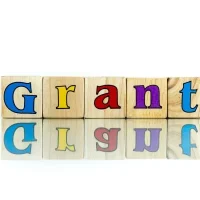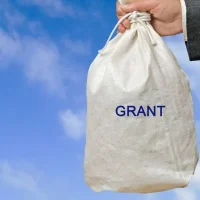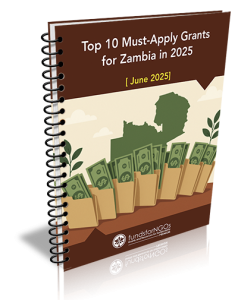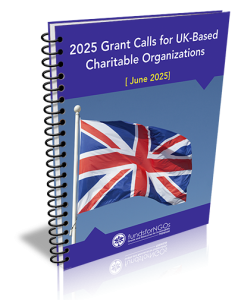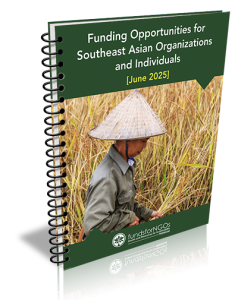Deadline: Ongoing Opportunity
The Emergency Management Assistance Program supports wildland fire non-structural mitigation and preparedness initiatives through the FireSmart funding stream.
FireSmart builds skills in First Nations communities to prevent and prepare against wildland fires. Programming involves training First Nations teams in wildfire suppression duties, as well as fuel management and vegetation clearing, which reduces the intensity and spread of wildfires. FireSmart also leverages Indigenous knowledge of the local environment and terrain to improve emergency planning, preparation, and response to wildfires. FireSmart project funding is available for initiatives, such as:
- wildfire pre-suppression planning
- wildfire risk assessments
- fuel reduction, forest thinning, prescribed burning
- fire breaks
- wildland fire crew training
- vegetation management
- fire mapping
- FireSmart training, workshops, conferences
- community and youth engagement
Pillars
- The Emergency Management Assistance Program (EMAP) provides funding to First Nations communities so they can build resiliency, prepare for natural hazards and respond using the 4 pillars of emergency management:
- mitigation
- preparedness
- response
- recovery
Eligible Activities
- To be eligible for funding, the proposed project must directly support First Nations located on:
- a reserve, as defined in s.2(1) of the Indian Act, R.S.C (Revised Statues of Canada) 1985, chapter 1-5
- lands set aside in Yukon as per Cabinet Directive (Circular No. 27) entitled Procedure for Reserving Land in the Yukon and Northwest Territories (1955)
- lands formerly defined as a reserve of lands set aside which now form part of modern treaty settlement lands
Eligibility Criteria
- First Nations communities
- Tribal councils
- Indigenous organizations
For more information, visit Government of Canada.




